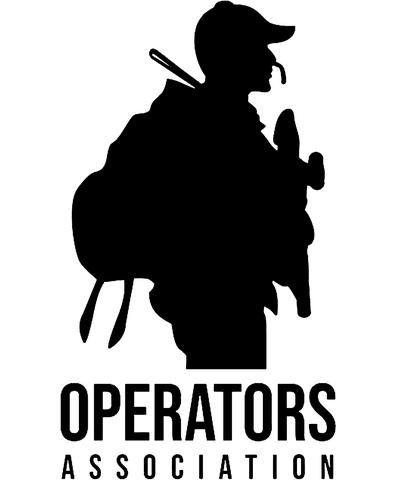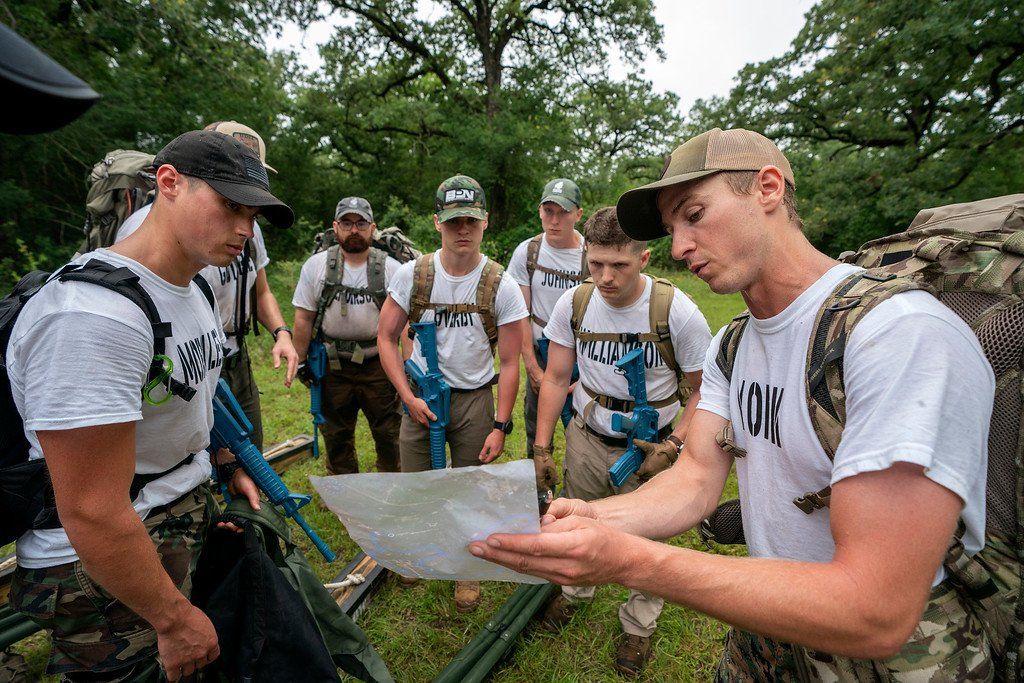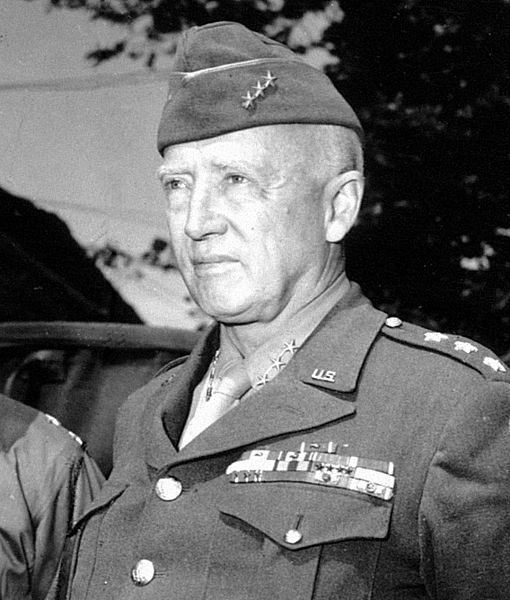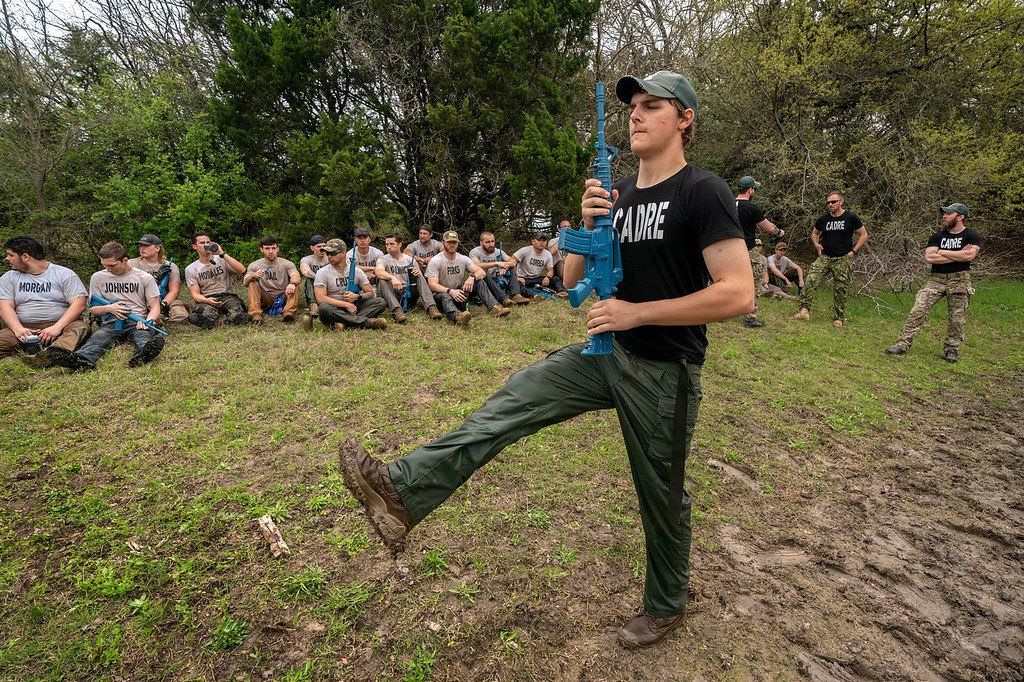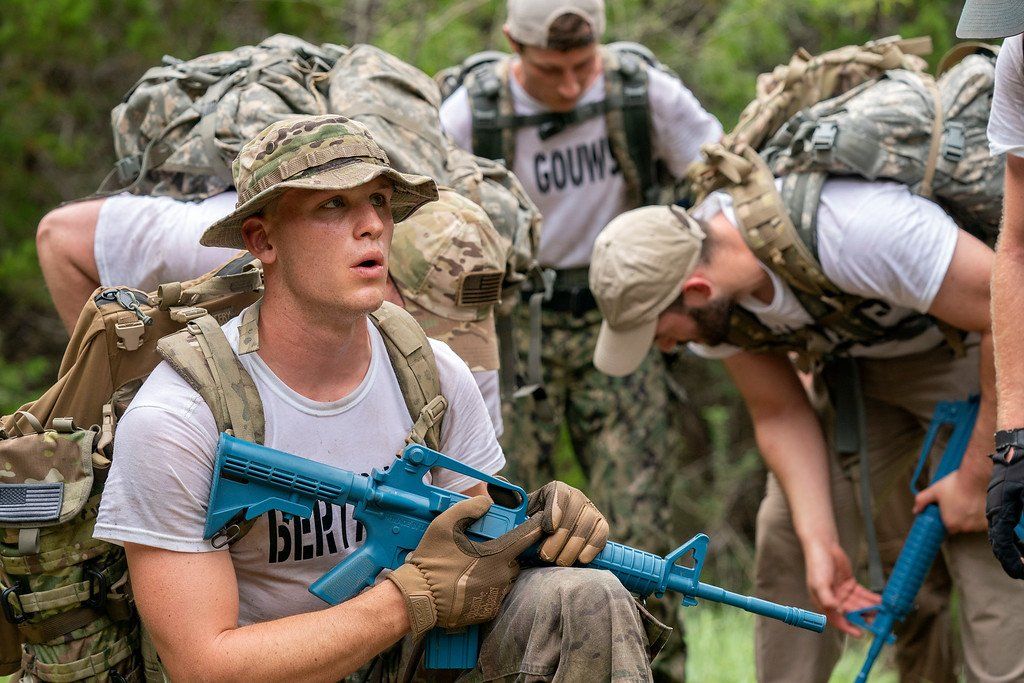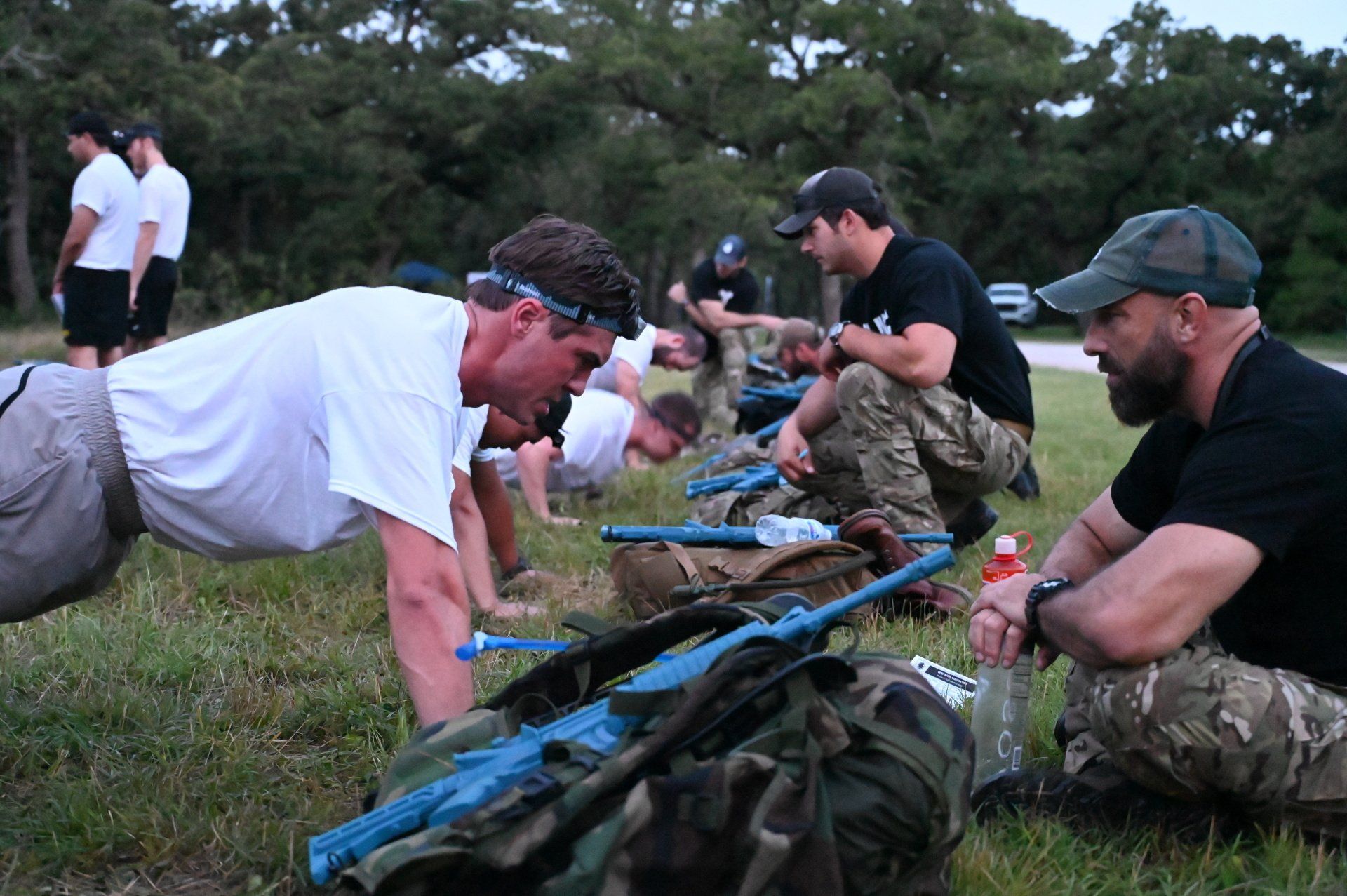How to Develop Your Flexibility
Oct 11, 2021
Get in shape for the military with these mobility movements.
Flexibility and mobility training are some of the most crucial aspects of your physical performance. Despite this, many special forces workouts either gloss over stretching as an afterthought or skip it entirely. In this OA guide, we’ll show you how to get in shape for the military by optimizing your mobility training.
Why You Need to Stretch
Stretching might not be as engaging, fun, or impressive looking as lifting weights or running. But it’s a crucial part of unlocking your full potential in terms of physical performance. While there are countless benefits to mobility training, here are the three main reasons why stretching must become a staple in your fitness routine.
Flexibility Equals Power
One thing that all high-level athletes – from professional fighters to Olympic sprinters – have in common is flexibility. Even in sports where extreme joint mobility isn’t a key part of the competition (like powerlifting or swimming), mobility training is paramount. Why? Because flexibility equals power. Here’s how it works:
Your muscles are like elastic bands. When you want to move, the muscle puts tension on your skeleton and causes it to change position. Muscular tension is great when used to aid a movement. But the opposite is true if the muscle is pulling against the action. Optimally, you want to maximize the muscular pressure assisting your movement while minimizing the muscular tension pulling in the opposite direction.
Imagine you are throwing a punch. To generate maximum striking power, you want every muscle in your hips, core, chest, and arms to generate force in the direction of your punch. What you don’t want is your back muscles (those opposed to the movement) to be so tense that they pull power away from the strike. When your muscles are stiff and inflexible, it’s like having a permanent resistance band attached to your limbs. At a certain range of motion, your body begins working against you, and you lose power exponentially. Mobility training is the solution to this problem – the more flexible your muscles are, the less they inhibit your ability to generate power.
Injury Prevention
Whether you’re running, rucking, lifting, or fighting, accidents happen. When you slip, stumble, or fall, your limbs often go in some unfortunate directions. If you want to prevent muscular injuries, your body must have the flexibility to adapt and facilitate these unplanned movements.
The more flexible you are, the more your body can shift without getting injured. Think of it as the difference between ice and water. Ice is stiff and immobile – if you hit it with a hammer, it will shatter. But if you hit water with the same hammer, it will simply shift, adapt to the impact, and then return to its previous position. If you want to get in shape for the military, staying injury-free is a must.
Faster Recovery
The final benefit of stretching is reduced recovery times after hard workouts. We go into greater detail about recovery in another OA guide, How to Recover From Tough Trainings, but here’s the gist of why mobility helps recovery:
Stretching temporarily increases blood flow to your muscles. This blood carries nutrients that aid in repairing damaged tissues and also drains lactic acid from your muscle. Mobility training also has the added benefit of helping you release knots and reduce the effects of DOMS (delayed onset muscle soreness).
The 3 Types of Stretching
Although all stretches have the same end goal – increasing the mobility of your muscles and connective tissues – there are different ways you can stretch, each with its benefits and drawbacks. The three main types are static, dynamic, and ballistic.
Static Stretching
This is what most people see when they imagine stretching. You choose a position and hold it for 30-60 seconds at a time. Static stretches are best done as a cool down after your workout. Common positions include butterfly pose, touching your toes, and the quadriceps stretch.
Pros
- Safe and easy to do
- Hundreds of positions and stretching progressions for all flexibility levels
- Relaxing
Cons
- Cooldown your muscles. Not useful as a pre-training stretch.
- Slow and boring – it’s tempting to skip static stretching.
Dynamic Stretching
A form of active stretching, dynamic stretches involve movements that stretch the muscles to their full range of motion. They are best done during warmups as they keep your muscles warm and mobile. Common dynamic stretches include deep lunges, hip openers/closers, and high kicks.
Pros
- Stretch muscles faster than static stretches
- Engaging and active
Cons
- Uncomfortable for beginners
- Slight risk of hyperextension and injury
Ballistic Stretching
These are the most controversial forms of stretching. Some people swear by them, but the consensus is that ballistic stretching should be avoided. These movements involve getting into a static stretch position and then bouncing slightly to get a stretch. Ballistic stretches are marginally more effective at increasing flexibility than static and dynamic stretches, but carry a high risk of pulling a muscle.
Pros
- Rapid improvements in flexibility
- More engaging than static stretches
- Appealing for beginners
Cons
- The high risk of injury outweighs potential benefits
Optimizing your physical performance is a crucial aspect of succeeding at special forces selection. If you want to get in shape for the military, you must stick to a proven and effective exercise schedule. That’s why we created our Operators Association workout programs. All of our training regimens are built and curated by former special forces operators who know what it takes to succeed in the teams. Visit our workouts page to start training today!
